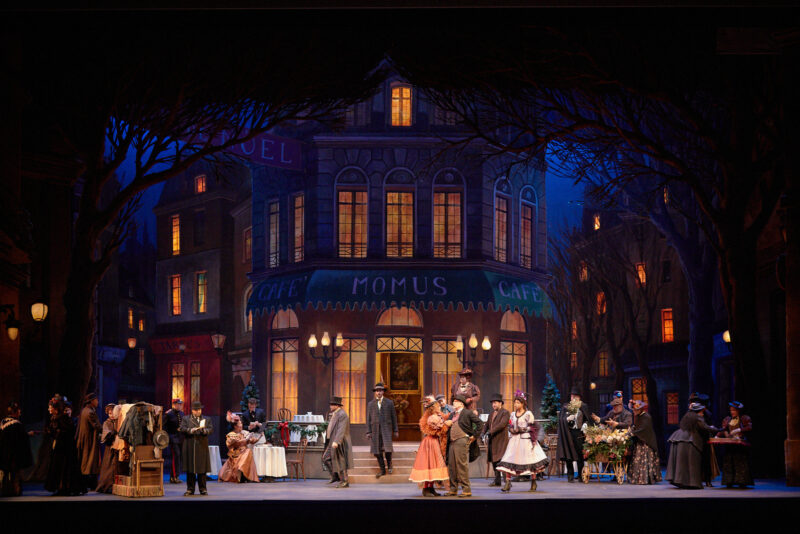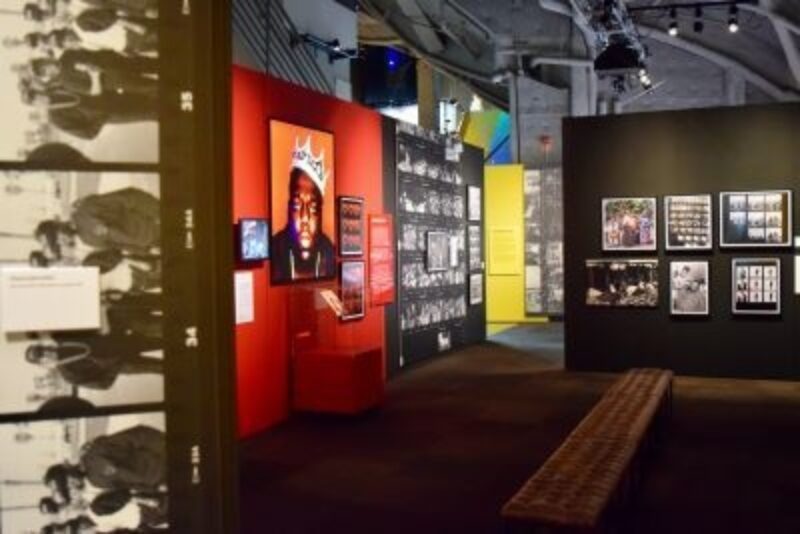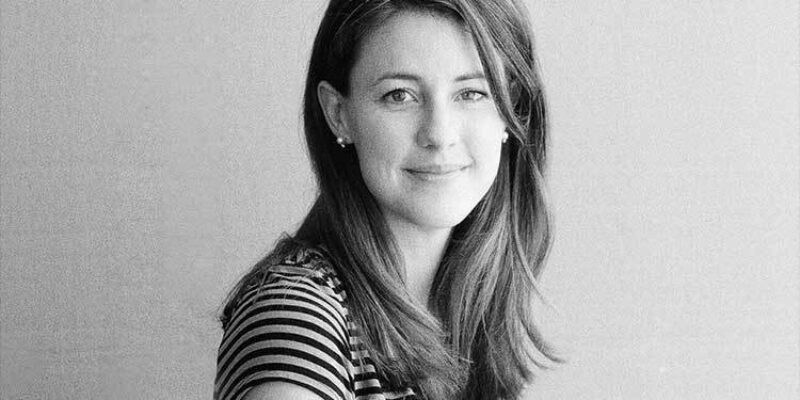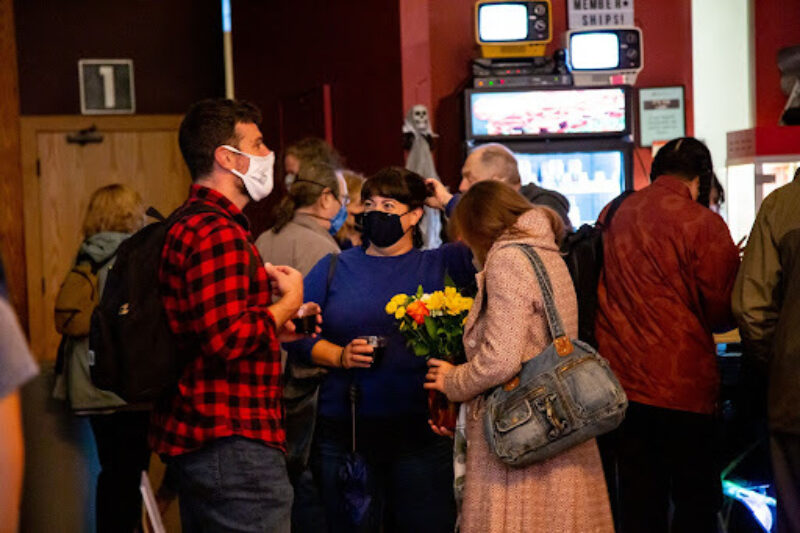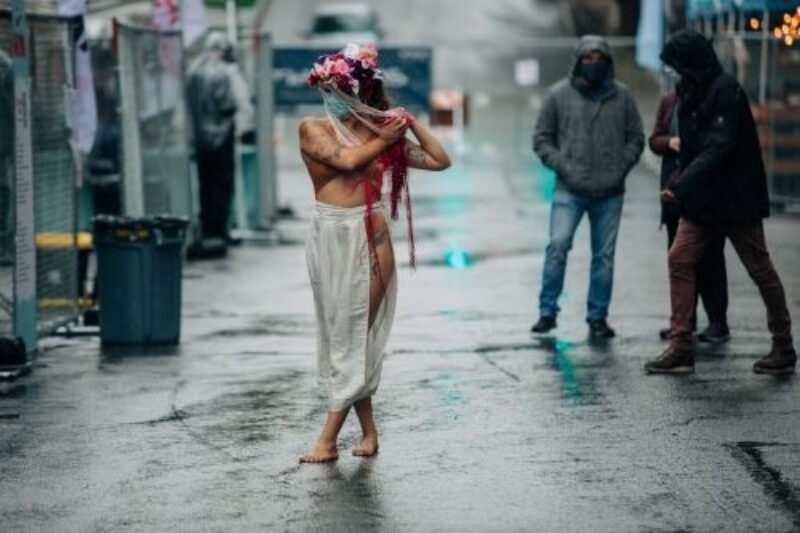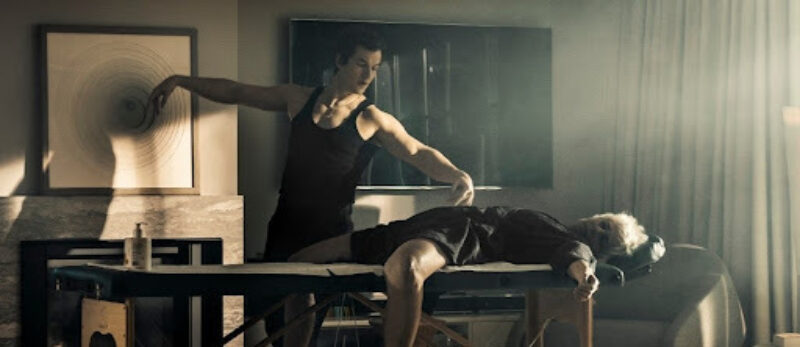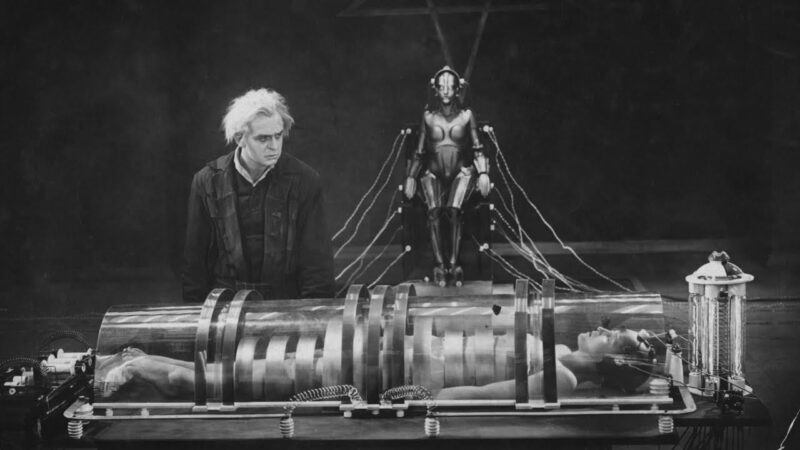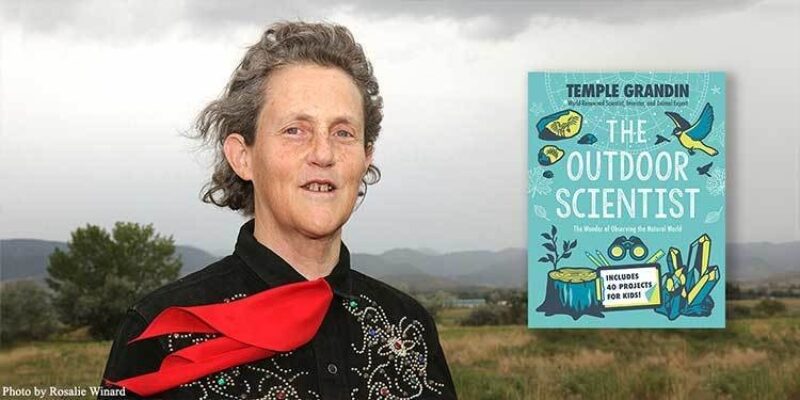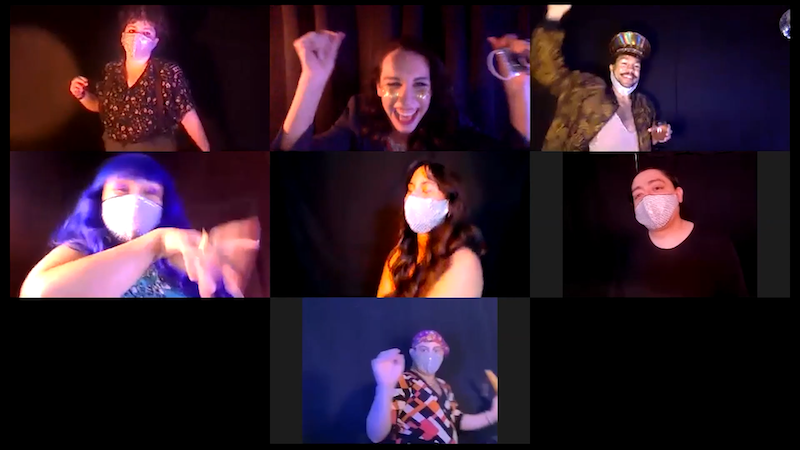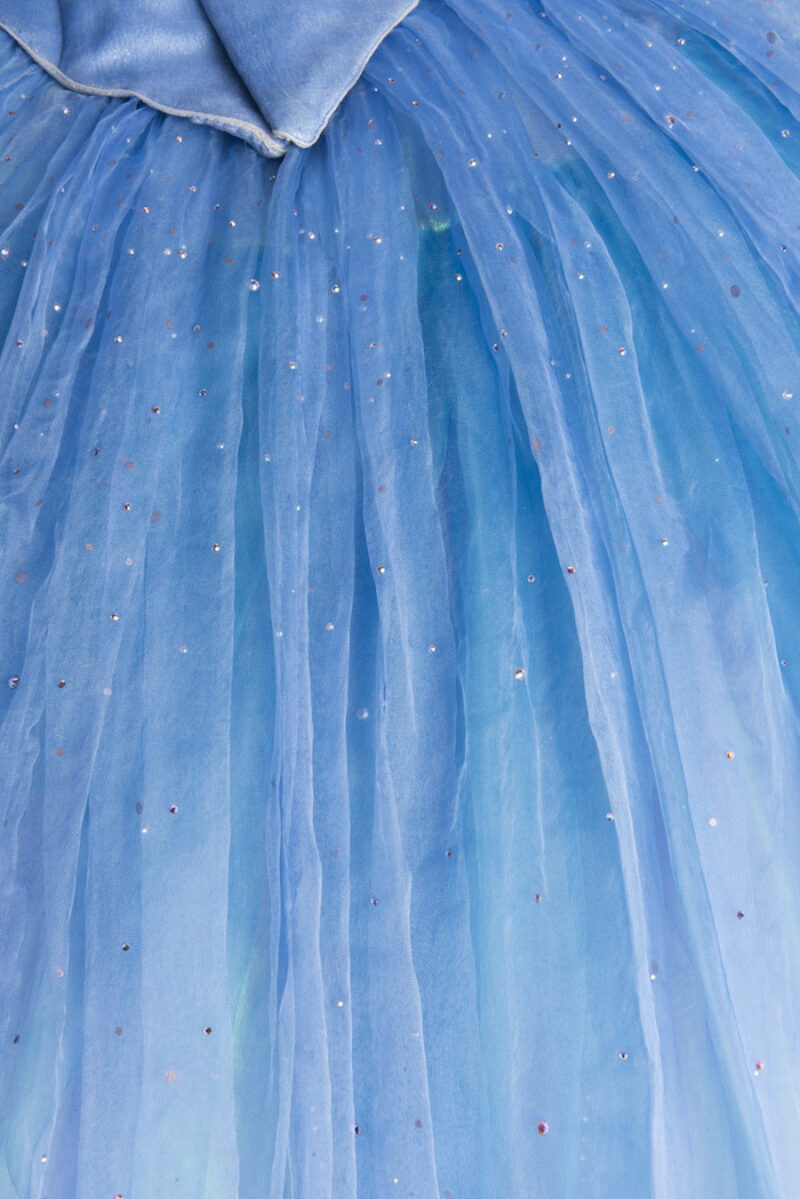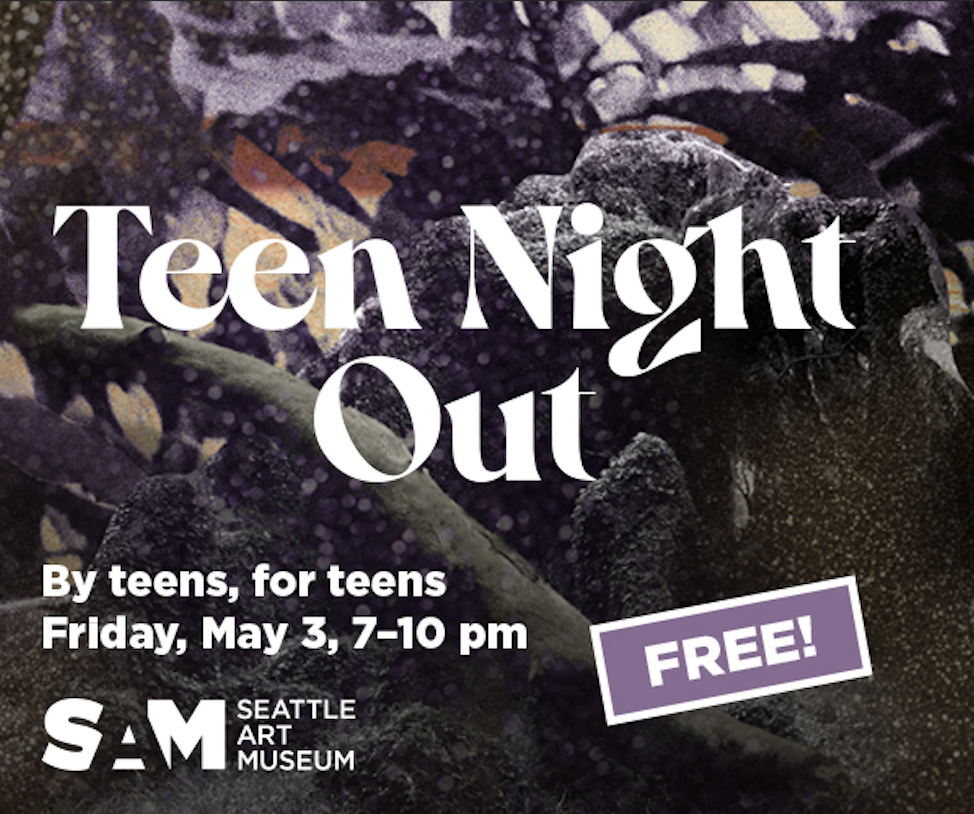TeenTix and the Seattle Opera are collaborating to host a new internship position in Winter 2022. This five-week internship will take place at the Seattle Opera, January 24–February 25 (with some flexibility). The work schedule is approximately 15 hours a week.
TEENTIX INTERNSHIP AT SEATTLE OPERA
Are you a storyteller who wants to work in the arts or for a nonprofit someday? Are you passionate about making the arts a space where more young people and People of Color feel seen and represented? Or—are you an artist who wants to learn about how to market your work? The TeenTix Internship at Seattle Opera is the ideal opportunity for you!
Currently, Seattle Opera’s marketing and communications department spends a lot of time trying to provide context about old works for our adult audiences. How should we be telling these stories today, in 2021? What kind of context would attract young people to attending an opera? Bring your ideas to a major arts organization while gaining real-world experience. With supervision from both TeenTix and Seattle Opera staff, the intern will serve as a youth adviser for Seattle Opera’s marketing efforts, and help the company inspire more youth to attend Seattle Opera events and performances.
Interns will focus on communications surrounding the opera Blue, and gain experience in supporting the success of a production through social media copy, email copy, press releases, blog articles, interviews, and more. Blue is an award winning opera about contemporary African American life, love and loss, church, sisterhood, and most importantly, family. The story follows a Black family in the joy of the birth of their son, and later in the grief of his death at the hands of a police officer. This story contains difficult, complex, and emotionally nuanced themes that the intern will learn to navigate and present from a communications perspective.
An example of what Seattle Opera does to help unpack how opera resonates today is our Community Conversations series. In April 2019, the conversation "Decolonizing Allure" featured Women of Color artists such as Perri Rhoden, Sara Porkalob, and Aramis Hamer prior to the company's mainstage performance of Carmen. Sunny Martini photo
WHO SHOULD APPLY
- Teens interested in the arts—music and opera experience are not required.
- Applicants should be 17-20.
- People of Color are strongly encouraged to apply.
COMMITMENT TO RACIAL EQUITY
Seattle Opera is committed to dismantling historic barriers of oppression, and to fostering racial equity. Through ongoing learning and evaluation of our work, by centering communities of color, and by building authentic partnerships, Seattle Opera believes we can transform our art form, and our world.
TeenTix is an anti-racist organization that is actively working to identify, name, and correct institutionalized racism and constructs of white supremacy within our own organization, and to help our partnered arts and culture organizations do the same. Our programs work to uplift marginalized voices in arts leadership and arts journalism, and to increase access to art.
COMPENSATION
The TeenTix Internship at Seattle Opera is a paid internship ($16.69 an hour; approximately 15 hours a week).

